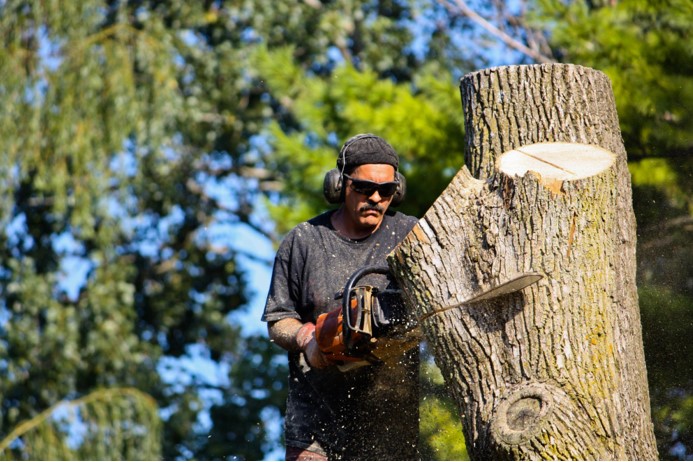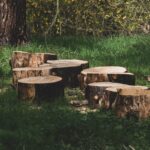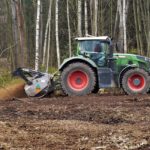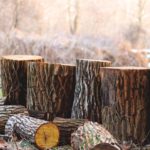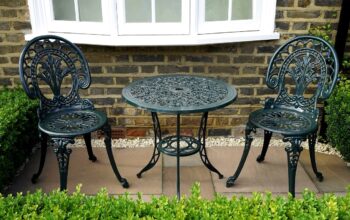If you’re not an expert, it can be difficult to know when to have a tree removed from your yard.
But, even if you’re not green-fingered, there are some tell-tale signs that will let you know that you should call in the experts.
Look to the leaves
You can often assess a tree’s condition from its leaves. If it is losing leaves out of season or if the leaves have spots on them or are thinning out, then this can suggest that the tree is struggling.
Other signs of disease include the tree growing in an unusual shape or not growing as vigorously as you would expect.
When green turns to brown
Dead branches, branches with brown leaves or no leaves at all or a tree losing its bark will tell you that it needs attention. These signs will be especially easy to spot during the summer months.
Seek the opinion of an experienced arborist at this point. If there is any danger that a dead branch could fall on your or your neighbour’s property, it’s better to know sooner rather than later and have the problem dealt with.
Going deep
If you notice any deep cracks or splits on a tree trunk, this should start ringing alarm bells. Get an expert in to assess the damage. While some imperfections can be harmless, deeper splits may indicate that the tree is diseased. Cavities can also make the perfect home for fungi and bacteria, which will progressively damage your tree.
Lean on me…
If your tree has previously stood up straight but is now showing signs of growing at an angle then it may be in trouble. It usually means that the tree’s roots are unhealthy.
Cracks in the soil around the tree’s base are also a sign that the roots are diseased or being attacked by fungi. This could mean that the roots would be too weak to keep your tree steady, so call the experts in before the worst happens.
Down to earth
When assessing a tree’s viability, look at the soil around the base. If it is waterlogged it may not have the ability to hold your tree firm. And if there is a buildup of soil around it or if it is compacted, this may also weaken the roots.
Don’t stand so close to me!
If your tree has grown too close to power lines, or its roots are encroaching on the foundations of your house, it may be time to say goodbye. Even if it’s not a safety issue, you may want to create some extra space in your yard.
A hole lot of trouble
If you detect a man-made hole within around four metres of the tree, this could indicate freshly installed cables or pipes. Sometimes this kind of work can damage roots which makes the tree unstable.
Whatever the reason, potentially dangerous trees should be inspected by an arborist. With their professional experience and expertise, they are best placed to make your yard a safe space once again for you to enjoy.
Related Posts

